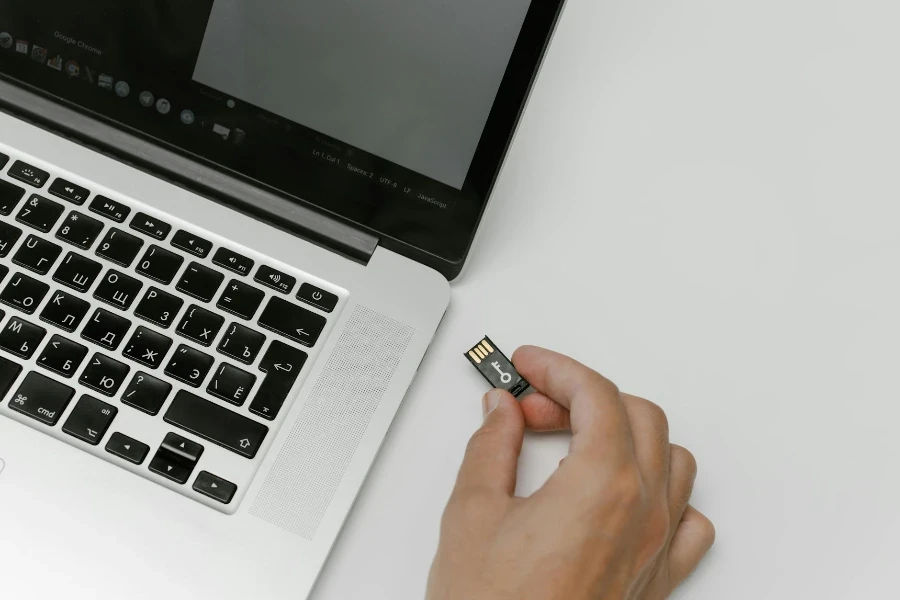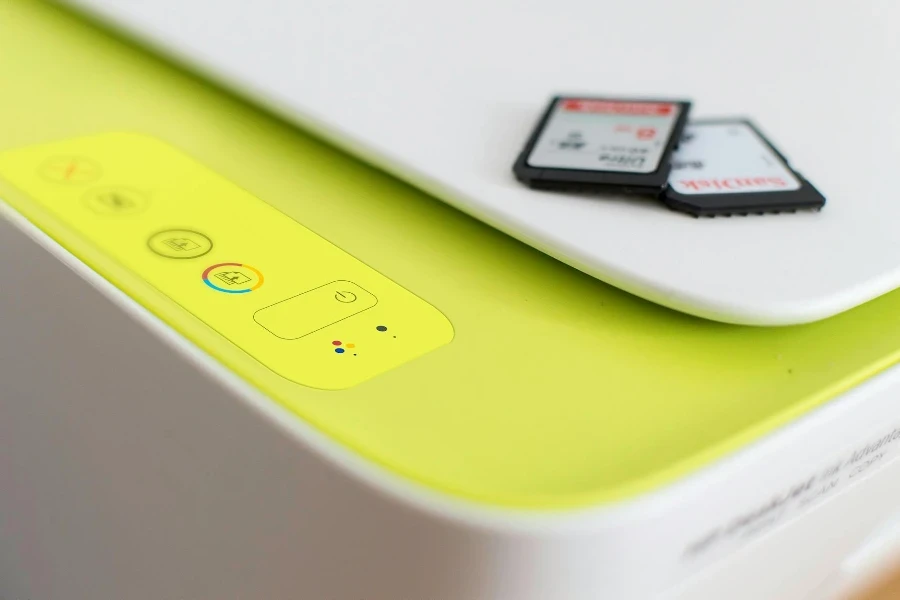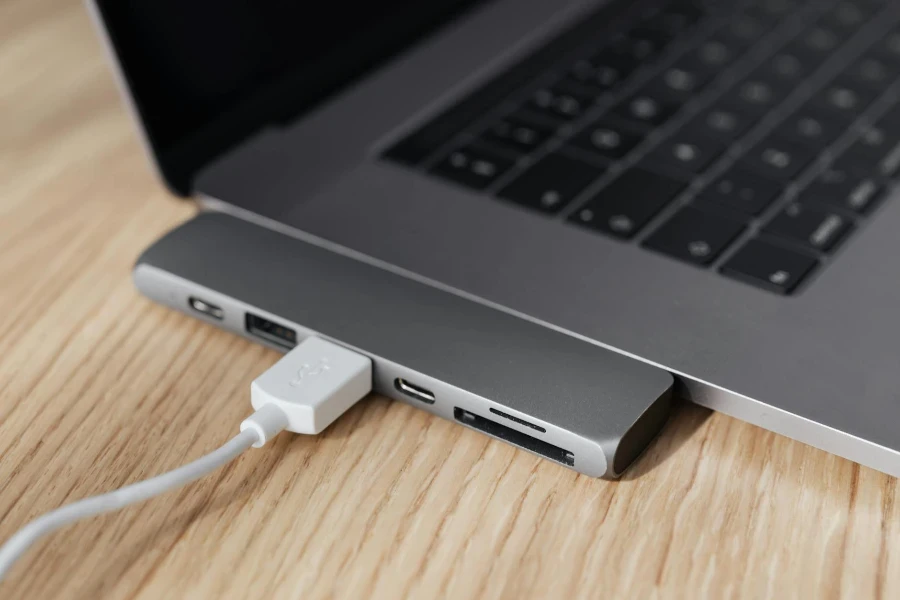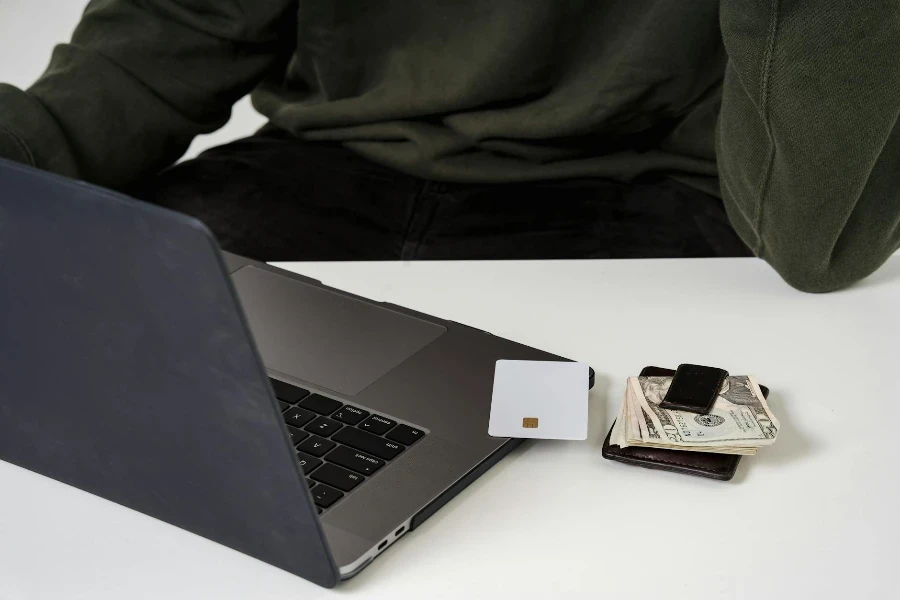In today’s digital age, an SD card serves as a fundamental component in expanding the storage capabilities of our devices. Whether it’s for a smartphone, digital camera, or any other consumer electronic device, understanding the nuances of SD cards can significantly enhance your user experience. This article aims to demystify the complexities surrounding SD cards, breaking down their types, capacities, speed classes, compatibility, and maintenance tips into digestible insights. Join us as we navigate the intricate world of SD cards, empowering you with the knowledge to make informed decisions.
Table of Contents:
– Understanding SD card types and capacities
– Deciphering SD card speed classes and their importance
– Compatibility considerations for SD cards
– Tips for maintaining your SD card
– Navigating the purchase of an SD card
Understanding SD card types and capacities

SD cards come in various types and capacities, catering to a wide range of storage needs. The three main types of SD cards are SD (Secure Digital), SDHC (Secure Digital High Capacity), and SDXC (Secure Digital Extended Capacity). While SD cards offer storage up to 2GB, SDHC cards range from 2GB to 32GB, and SDXC cards offer from 32GB up to 2TB. This variety ensures that whether you’re a casual user storing photos and documents or a professional videographer needing ample space for 4K videos, there’s an SD card for you.
Choosing the right capacity is crucial as it directly impacts your device’s storage capabilities. However, it’s essential to consider not just the amount of storage but also the type of files you intend to save. High-resolution images and videos, for example, require more space than text documents. Therefore, assessing your storage needs before making a purchase is advisable.
Moreover, the advent of SDUC (Secure Digital Ultra Capacity) cards, which extend storage up to 128TB, signifies the continuous evolution in storage technology, promising to cater to the ever-increasing data needs of future devices.
Deciphering SD card speed classes and their importance

Speed class is another critical factor when selecting an SD card, as it affects data transfer rates. The speed class is indicated by a number inside a circle on the card, representing the minimum write speed in megabytes per second (MB/s). Classes range from Class 2 (2MB/s) to Class 10 (10MB/s). For more demanding tasks such as recording high-definition video, UHS (Ultra High Speed) classes offer faster speeds, with U1 and U3 providing minimum write speeds of 10MB/s and 30MB/s, respectively.
Understanding these speed classes is vital, especially for photographers and videographers, as selecting a card with insufficient speed can result in dropped frames or extended file transfer times. For instance, recording 4K video requires at least a U3 speed class to ensure smooth recording without any data loss.
Additionally, the latest V class, designed for video recording, offers even higher speeds. V6, V10, V30, V60, and V90 correspond to minimum write speeds of 6, 10, 30, 60, and 90MB/s, respectively, catering to the needs of professional-grade video recording and high-resolution photography.
Compatibility considerations for SD cards

While SD cards are widely compatible with various devices, certain factors must be considered to ensure optimal performance. Firstly, the device’s maximum capacity limit is crucial. For example, an older device might not support SDXC cards, limiting its use to SD and SDHC cards. Ignoring these compatibility issues could result in the card not being recognized or performing suboptimally.
Furthermore, the file system format plays a significant role in compatibility. While SD and SDHC cards typically use the FAT32 file system, SDXC and SDUC cards use exFAT, designed to handle larger files and capacities. Devices not supporting exFAT may require reformatting the card to a compatible file system, potentially limiting its functionality or capacity.
It’s also worth noting that some devices, especially cameras and smartphones, may have specific recommendations for SD card speed classes to ensure the best performance. Consulting the device’s manual or manufacturer’s website can provide valuable guidance in selecting the most compatible SD card.
Tips for maintaining your SD card

Proper maintenance of your SD card is essential to ensure longevity and reliability. First and foremost, using the “safely remove hardware” feature before ejecting the card from a computer can prevent data corruption. Additionally, keeping the SD card away from extreme temperatures, moisture, and magnetic fields can protect its integrity.
Regularly backing up the data from your SD card to a computer or cloud storage is also crucial. This practice not only safeguards your files against potential data loss but also allows for easy data management and retrieval.
Lastly, formatting your SD card within the device you primarily use it with can enhance performance. This step ensures the card is in the optimal file system format for the device, potentially reducing issues related to compatibility and data integrity.
Navigating the purchase of an SD card

When it comes to purchasing an SD card, armed with the knowledge of types, capacities, speed classes, and compatibility considerations, you can make an informed decision that best suits your needs. Remember to assess your storage requirements, device compatibility, and desired data transfer speeds to select an SD card that offers the best balance between performance and cost.
Moreover, considering future needs can save time and money in the long run. Opting for a card with slightly higher capacity or speed than currently necessary can accommodate future advancements in technology and data needs.
In conclusion, understanding the intricacies of SD cards can significantly enhance your experience with digital devices. By considering the types, capacities, speed classes, compatibility, and maintenance tips discussed, you can select and manage an SD card that meets your storage needs efficiently. Remember, an informed choice is always the best choice when navigating the complexities of consumer electronics.




